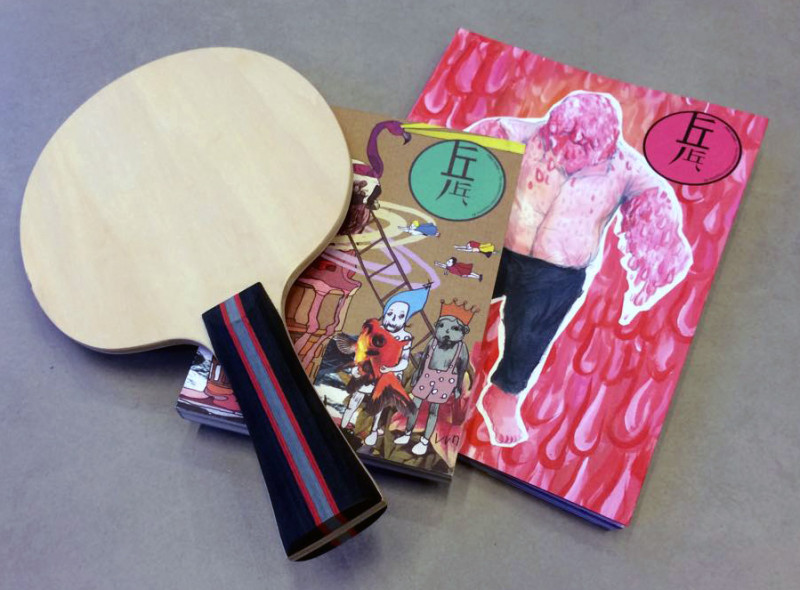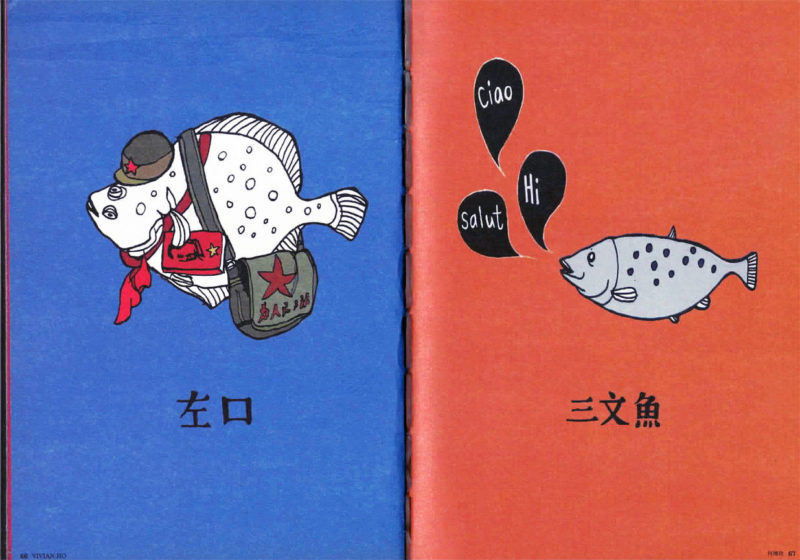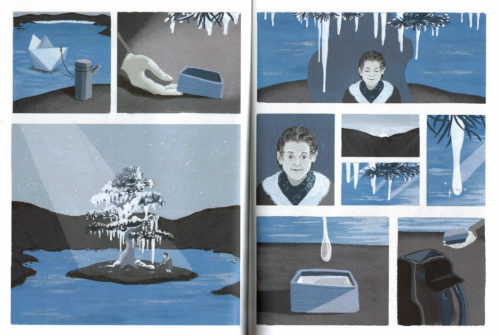Review: Ping Pong – the collective comics magazine

Ping Pong (《乒 乓》) is a new indie comics anthology featuring works from an up-and-coming generation of Hong Kong comics artists and illustrators. This new generation follows in the footsteps of alternative comics artists like Chihoi (智海) and Siuhak (小克), who grew in fame after the turn of the millennium; if Ping Pong is any indication, they are even more experimental than their predecessors.
But it might be unfair to compare these two generations of comics artists. To begin with, the previous vanguard are still at the peak of their careers: Chihoi, for instance, has gone global with French, English, and Italian translations of his works. To add to that, many members of the new generation aren’t only comics artists, but various permutations of graphic designer, illustrator, and, in one case, architect.

For a comics anthology, Ping Pong definitely leans towards the abstract and, in some places, reads more like an illustration anthology. Vivian Ho, for example, applies her signature style of thick lines and macabre colors to a series of charming illustrations, though albeit one without a clear-cut narrative. Sarene Chan, on the other hand, follows a more conventional panels-and-pages approach, albeit without any text or dialogue, creating an effect that’s more poetry than prose. This pattern of sparse text, lush illustrations and abstract plot recurs throughout both issues of Ping Pong, establishing its identity as a space for both comics and illustrations.

Ping Pong’s choice to feature only Hong Kong artists makes it unique but limits it as a publication. Other anthologies, such as the Latvian kuš! and Italian Delebile, rely on a mix of local and international talent that allows for a cross-pollination of artistic influences and fan communities. In contrast, Ping Pong is a locals-only, traditional Chinese-only affair, despite finding distribution channels as far as Seoul, Shenzhen, and Taipei.
But perhaps Ping Pong was never intended to be an international publication, and is simply a place for Hong Kong comics artists to publish non-commercial, experimental works. If that is the case, it is already successful as one of the few spaces for emerging artists working in the genre.
This article originally appeared in the online edition of LEAP 艺术界.